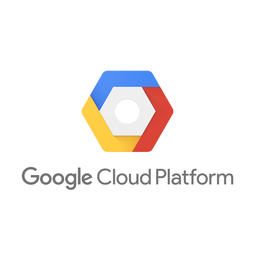Google
Case Studies
Display leads increase 10% while cost per lead remains flat thanks to Data-Driven Attribution
Overview
 |
Display leads increase 10% while cost per lead remains flat thanks to Data-Driven AttributionGoogle |
Analytics & Modeling - Predictive Analytics | |
Telecommunications | |
Sales & Marketing | |
Demand Planning & Forecasting | |
Data Science Services | |
Operational Impact
| After implementing the changes, the team saw leads from display campaigns increase 10% above projections, while the cost per lead remained flat. | |
| Optimized display placements saw a doubling of conversion rates. | |
| The results of the model provided a framework for ongoing optimization, giving the team confidence that it could make truly data-driven decisions about display advertising. | |
Quantitative Benefit
| Leads from display campaigns increased 10% above projections. | |
| Cost per lead remained flat despite the increase in leads. | |
| Optimized display placements saw a doubling of conversion rates. | |


